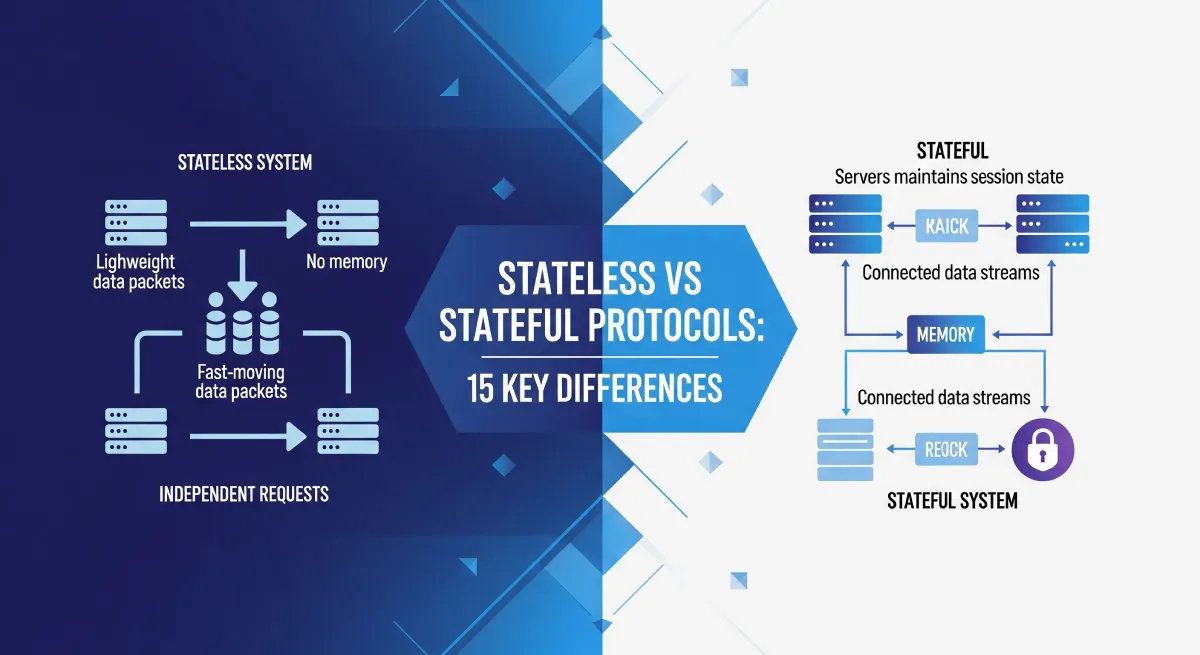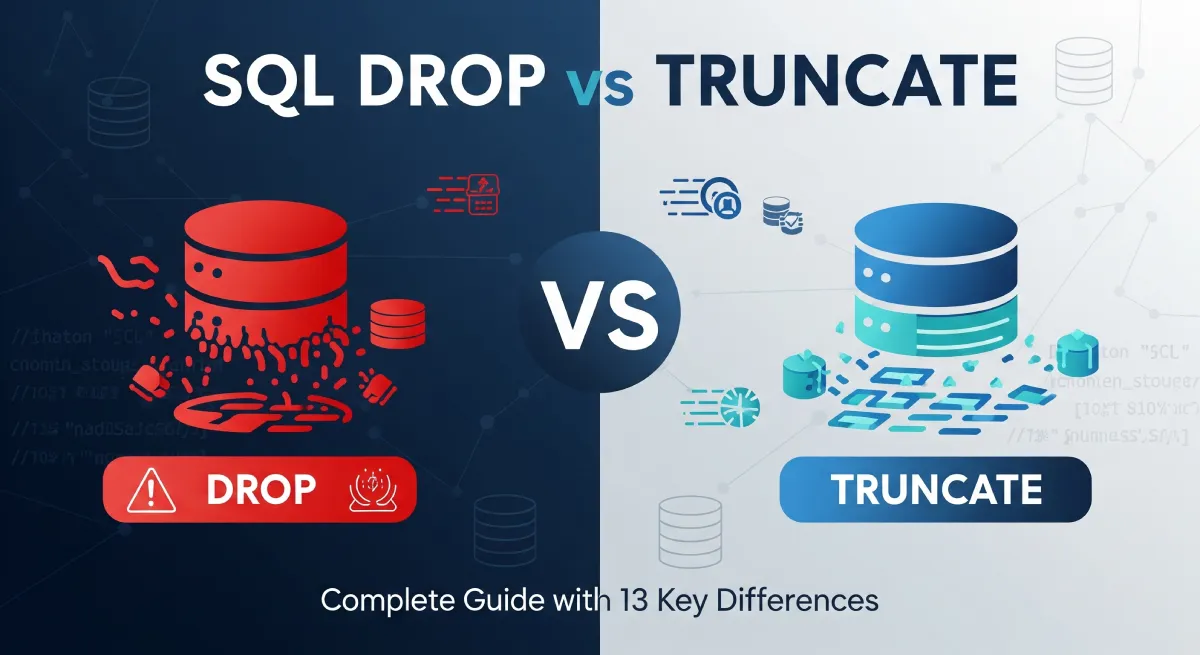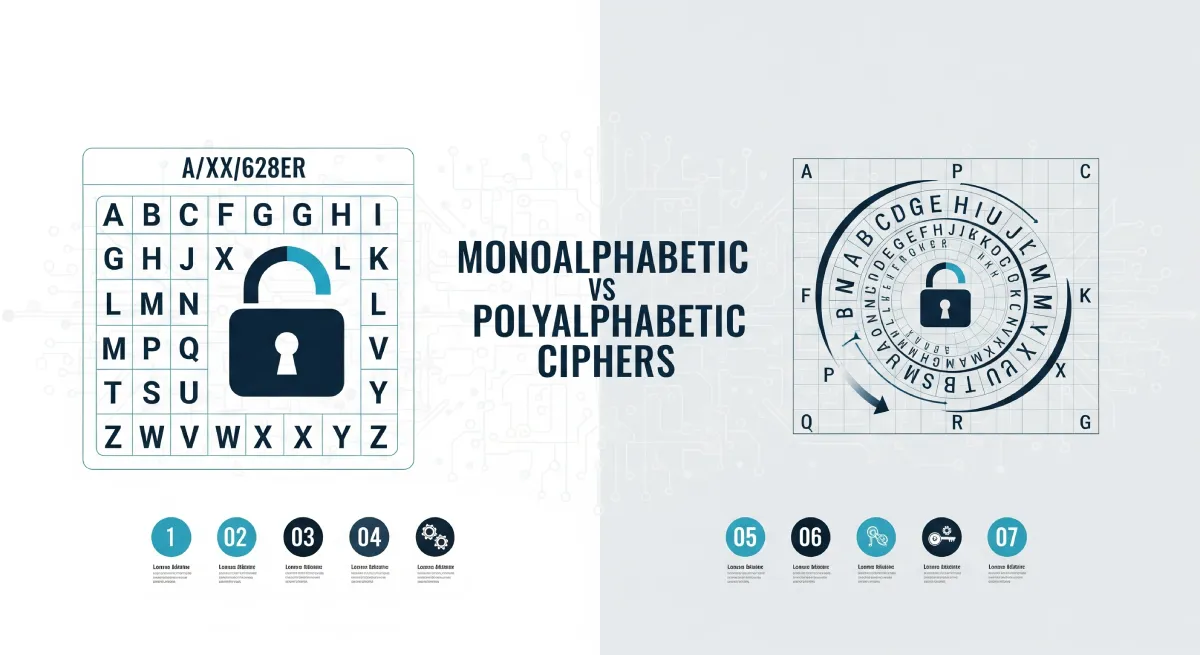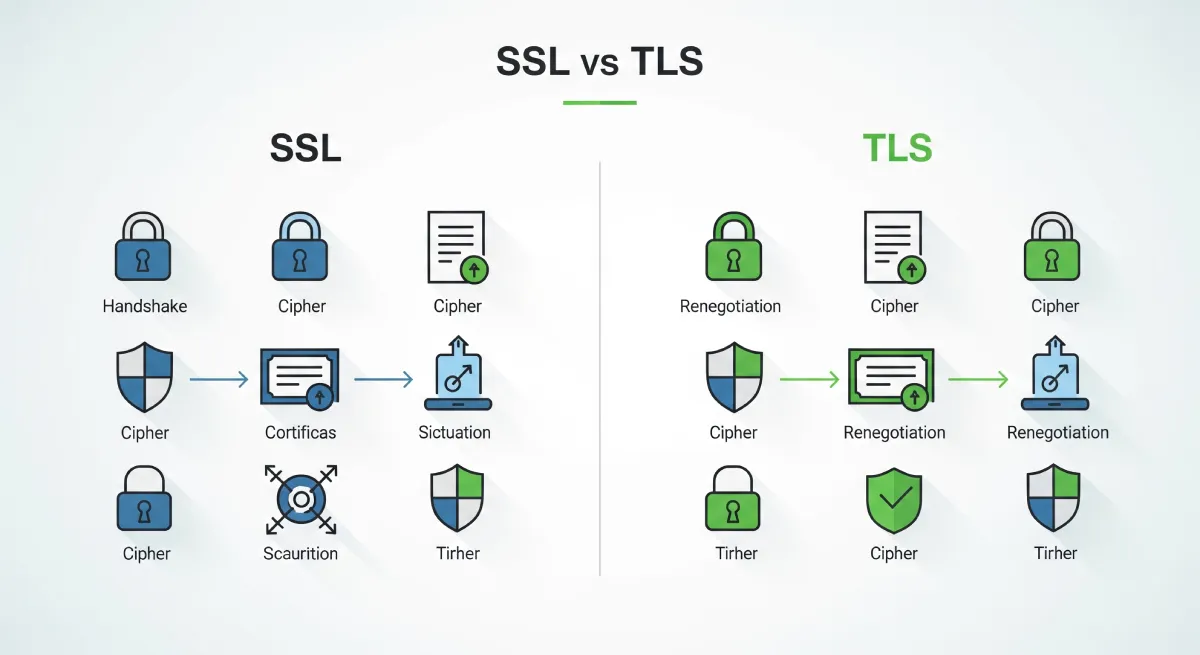In Java, abstraction vs encapsulation are two core object-oriented programming concepts. Abstraction focuses on hiding complex implementation details, exposing only essential features, while encapsulation bundles data and methods, restricting direct access to an object’s internal state. This guide breaks down these concepts with real-life examples for better understanding.
Abstraction
Abstraction is the concept of hiding complex implementation details and showing only the essential features of an object. It focuses on what an object does rather than how it does it.
Example: Consider a car. A driver knows how to drive a car without understanding the intricate details of its internal combustion engine or transmission system.
Code Snippet:
public abstract class Shape {
abstract void draw();
}
Advantages:
- Enhances security by hiding implementation details.
- Improves code readability and maintainability.
- Allows for easy modifications without affecting the external code that uses the abstracted object.
Disadvantages:
- May lead to overhead due to additional layers of abstraction.
- Can make debugging complex as the actual implementation details are hidden.
Encapsulation
Encapsulation is the bundling of data (attributes) and methods (behaviors) that operate on the data into a single unit known as a class. It restricts direct access to some of the object’s components and allows access only through the methods of the class.
Example: An ATM machine encapsulates the bank account information and provides methods to access and modify this information.
Code Snippet:
public class Student {
private String name;
public String getName() {
return name;
}
public void setName(String name) {
this.name = name;
}
}
Advantages:
- Enhances data security by hiding the internal state of objects.
- Prevents unauthorized access and modification of data.
- Facilitates code reusability and modularity.
Disadvantages:
- May lead to performance overhead due to the need for getter and setter methods.
- Can make it challenging to debug when there are complex interactions between encapsulated components.
Technical Characteristics:
- Abstraction and encapsulation are fundamental principles of object-oriented programming (OOP) in Java.
- Abstraction is achieved through abstract classes and interfaces, while encapsulation is implemented using access modifiers like private, public, protected.
Use Cases and Applications:
- Abstraction: Used in designing software frameworks where the internal implementation details are hidden from the end-user.
- Encapsulation: Widely used in designing secure and maintainable software systems where data integrity is crucial.
Key Differences: Abstraction vs Encapsulation
| Abstraction | Encapsulation |
|---|---|
| Focuses on hiding the implementation details and showing only the necessary features of an object | Focuses on bundling the data (attributes) and methods (behaviors) that operate on the data into a single unit |
| Deals with the “what” part of an object | Deals with the “how” part of an object |
| Helps in reducing programming complexity by providing a simple interface | Protects the data integrity by restricting access to some of the object’s components |
| Enables defining abstract classes and interfaces | Is achieved through access specifiers like private, protected, and public |
| Allows us to create blueprints for classes and leave the implementation details to the derived classes | Prevents direct access to some components of an object, ensuring controlled access |
| Supports the concept of inheritance, where one class can inherit the properties and methods of another class | Helps in achieving data hiding and implementation details protection |
| Improves code reusability and modifiability | Enhances security by protecting sensitive data from unauthorized access |
| Uses abstract classes and interfaces to achieve abstraction | Uses getter and setter methods to access and modify the encapsulated data |
| Allows defining empty or abstract methods that must be implemented by the concrete classes | Encourages data hiding while providing controlled access to the class members |
| Focuses on defining the structure of an object | Focuses on wrapping the data (state) and methods (behavior) together in a single unit |

Practical Implementation
Let’s consider an example of a Shape hierarchy where we have different shapes like Circle, Square, and Triangle. We can create an abstract class called Shape and define abstract methods like calculateArea() and calculatePerimeter() that will be implemented by concrete shape classes.
abstract class Shape {
public abstract double calculateArea();
public abstract double calculatePerimeter();
}
class Circle extends Shape {
@Override
public double calculateArea() {
// Area calculation logic for Circle
}
@Override
public double calculatePerimeter() {
// Perimeter calculation logic for Circle
}
}
Best Practices and Optimization Tips
- Use abstraction to define a common interface for a group of related objects.
- Keep the abstraction layer simple and focused on defining essential behaviors.
- Optimize abstraction by avoiding unnecessary method declarations in the abstract class.
Common Pitfalls and Solutions
- Over-abstracting can lead to unnecessary complexity. Keep the level of abstraction appropriate for the problem domain.
- Ensure proper documentation of abstract classes and methods to guide developers on implementation.
Encapsulation
Encapsulation is the bundling of data and methods that operate on the data into a single unit, often referred to as a class. Access to the data is typically restricted to methods defined within the class, providing data hiding and protection.
Practical Implementation Example
Consider a class Employee that encapsulates employee details like name, age, and salary. We encapsulate the data by making the fields private and providing public getter and setter methods to access and modify the data.
public class Employee {
private String name;
private int age;
private double salary;
public String getName() {
return name;
}
public void setName(String name) {
this.name = name;
}
// Similarly define getter and setter methods for age and salary
}
Best Practices and Optimization Tips
- Always encapsulate the fields of a class by making them private and providing public methods to access and modify them.
- Encapsulation promotes data security and helps in maintaining the integrity of the class.
- Use encapsulation to implement the principle of information hiding.
Common Pitfalls and Solutions
- Avoid exposing internal data by providing direct access to fields without encapsulation.
- Ensure proper validation and error handling in setter methods to maintain data consistency.
- Review the access modifiers of fields and methods to control visibility and access to class members.
Frequently Asked Questions
What is abstraction in Java?
Abstraction in Java is the concept of hiding complex implementation details and showing only the essential features of an object. It allows developers to focus on what an object does rather than how it does it. In Java, abstraction is achieved using abstract classes and interfaces, which define a set of methods that must be implemented by the subclasses.
How does encapsulation work in Java?
Encapsulation in Java refers to the bundling of data (attributes) and methods (behaviors) that operate on the data into a single unit known as a class. Encapsulation helps in achieving data hiding, where the internal state of an object is hidden from the outside world and can only be accessed through public methods. This enhances security and helps in maintaining code integrity.
Can you provide a real-life example of abstraction in Java?
An example of abstraction in Java can be seen in a car. A driver does not need to know the internal workings of the engine to drive the car. The driver interacts with the abstract interface of the car, such as the steering wheel, pedals, and gears, without needing to understand the complex mechanisms that make the car move. This separation of concerns is a key aspect of abstraction.
How does encapsulation improve code maintainability?
Encapsulation improves code maintainability by providing a clear separation between the internal implementation details of a class and its external interface. Changes to the internal implementation can be made without affecting the code that uses the class, as long as the external interface remains the same. This reduces the risk of unintended side effects and makes it easier to extend or modify the code in the future.
What are the benefits of using abstraction and encapsulation in Java?
Abstraction helps in simplifying complex systems, making them easier to understand and maintain. It also allows for code reusability and flexibility in design. Encapsulation improves the security and integrity of code by restricting direct access to the internal state of objects. It also enhances modularity and reduces dependencies between different parts of a program.
Conclusion
In conclusion, understanding the distinctions between abstraction vs encapsulation in Java is crucial for developing robust and maintainable software applications. Abstraction vs encapsulation in Java helps in hiding complex implementation details, offering a simplified view of objects, and promoting code reusability and flexibility. Encapsulation, on the other hand, ensures data security and integrity by bundling data and methods within a single unit and restricting direct access from external sources.
To leverage these concepts effectively, developers should carefully assess the design requirements of their projects. When deciding between abstraction and encapsulation, consider the level of complexity in the system, the need for modularity and extensibility, and the security and privacy requirements of the data being manipulated.
By applying the appropriate principles of abstraction and encapsulation, developers can create well-structured, scalable, and maintainable Java applications that meet the evolving needs of users and stakeholders.



